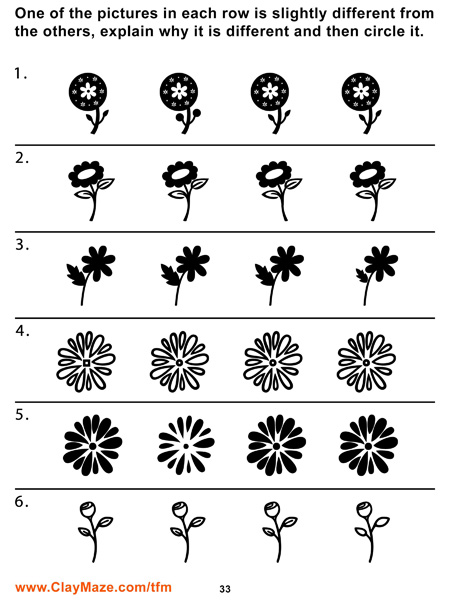An early interest in pattern recognition and problem solving is key to helping a child develop a critical love for learning, but because of the unique strengths and weaknesses of each child, some children may excel with one type of pattern work while some might excel with a different learning approach. Some children are visual learners, some are better when engaged verbally and some engage patterns on an entirely different level. Sometimes teaching a child to approach a problem by multiple approaches like sketching out an image, counting and tallying or verbally breaking a problem down can help both them and the educator determine which approach might suit them best.
This worksheet above is one of the free sample selections from our children’s educational book “The Forgotten Milestone“. Children Ages 4-10.
Download Printable PDF
